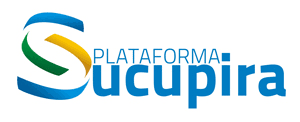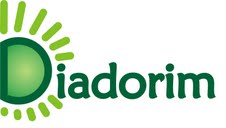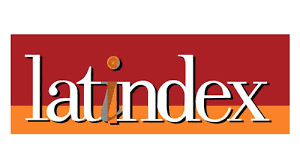GFEM STABILIZATION TECHNIQUES APPLIED TO TRANSIENT DYNAMIC ANALYSIS
DOI:
https://doi.org/10.26512/ripe.v2i14.21368Keywords:
Dynamic Analysis. GFEM. Partition of Unity. Conditioning. SGFEM.Abstract
In the context of dynamic analysis of structures, one of the limitations of the Finite Element Method (FEM) is the difficulty of approaching the high frequencies. This lack of precision becomes more significant as the loading excite modes with higher frequencies. Aiming at address this problem one may use the Finite Element Method Generalized / Extended (GFEM /XFEM) to enrich the approximation space and better represent these high frequency modes. Despite the excellent properties of GFEM / XFEM as high accuracy, application versatility and excellent convergence rates, there are aspects that still limit its applicability as the numerical instability associated with this enrichment process even in well-placed boundary value problems. GFEM/XFEM matrices may be ill-conditioned, which may result in a accuracy loss, and even resulting in numerically singular matrices. In this work two proposals are presented to circumvent the GFEM sensitivity problem. Examples of one-dimensional transient analysis are presented and results are discussed analyzing the effects of adopting the preconditioning of enrichment functions strategy.
References
Arndt, M., 2009. O Método dos Elementos Finitos Generalizados Aplicado à Análise de Vibrações Livres de Estruturas Reticuladas. Tese de doutorado, Universidade Federal do Paraná.
Babuška, I. & Banerjee, U., 2012. “Stable Generalized Finite Element Method (SGFEM)”. Computer Methods in Applied Mechanics and Engineering, Vol. 201-204, pp. 91”“111. doi: 10.1016/j.cma.2011.09.012.
Bathe, K.J., 1996. Finite element procedures. Prentice-Hall.
Gupta, V., Duarte, C.A., Babuška, I. & Banerjee, U., 2013. “A stable and optimally convergent generalized fem (SGFEM) for linear elastic fracture mechanics”. Computer Methods in Applied Mechanics and Engineering, Vol. 266, pp. 23”“39.
Li, H., 2014. Investigation of stability and accuracy of high order generalized finite element methods. Master’s thesis, University of Illinois at Urbana-Champaign.
Monteiro, C.d.S.G., 2009. Novos operadores de captura via o método dos elementos finitos aplicado a problemas de propagação de ondas. Doutorado, Universidade Federal do Rio de Janeiro.
Moura, C.A. & Kubrusly, C.S., 2012. The Courant”“Friedrichs”“Lewy (CFL) Condition: 80 Years After Its Discovery. Springer Science & Business Media, New York.
Shang, Y.H., 2014. Análise dinâmica elastoplástica de problemas da mecânica de sólidos via métodos enriquecidos de elementos finitos. Tese de doutorado, Pontifícia Universidade Católica do Paraná.
Torii, A.J., 2012. Análise dinâmica de estruturas com o Método dos Elementos Finitos Generalizado. Tese de doutorado, Universidade Federal do Paraná.
Weinhardt, P.O., Rauen, M., Machado, R.D. & Arndt, M., 2015. “Aplicação do método dos elementos finitos, análise isogeométrica e métodos enriquecidos à análise dinâmica 1d”. Proceedings of CMN2015, Vol. 1, No. 1.
Downloads
Published
Issue
Section
License
Given the public access policy of the journal, the use of the published texts is free, with the obligation of recognizing the original authorship and the first publication in this journal. The authors of the published contributions are entirely and exclusively responsible for their contents.
1. The authors authorize the publication of the article in this journal.
2. The authors guarantee that the contribution is original, and take full responsibility for its content in case of impugnation by third parties.
3. The authors guarantee that the contribution is not under evaluation in another journal.
4. The authors keep the copyright and convey to the journal the right of first publication, the work being licensed under a Creative Commons Attribution License-BY.
5. The authors are allowed and stimulated to publicize and distribute their work on-line after the publication in the journal.
6. The authors of the approved works authorize the journal to distribute their content, after publication, for reproduction in content indexes, virtual libraries and similars.
7. The editors reserve the right to make adjustments to the text and to adequate the article to the editorial rules of the journal.









